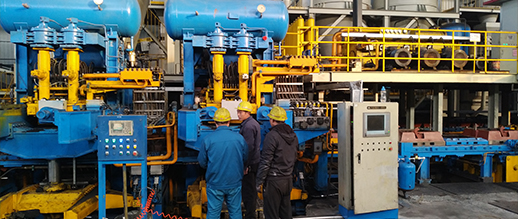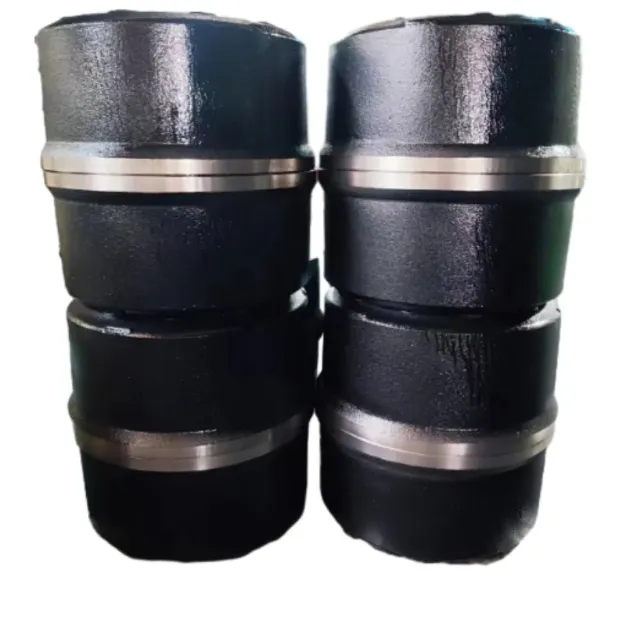
-
 Afrikaans
Afrikaans -
 Albanian
Albanian -
 Amharic
Amharic -
 Arabic
Arabic -
 Armenian
Armenian -
 Azerbaijani
Azerbaijani -
 Basque
Basque -
 Belarusian
Belarusian -
 Bengali
Bengali -
 Bosnian
Bosnian -
 Bulgarian
Bulgarian -
 Catalan
Catalan -
 Cebuano
Cebuano -
 Corsican
Corsican -
 Croatian
Croatian -
 Czech
Czech -
 Danish
Danish -
 Dutch
Dutch -
 English
English -
 Esperanto
Esperanto -
 Estonian
Estonian -
 Finnish
Finnish -
 French
French -
 Frisian
Frisian -
 Galician
Galician -
 Georgian
Georgian -
 German
German -
 Greek
Greek -
 Gujarati
Gujarati -
 Haitian Creole
Haitian Creole -
 hausa
hausa -
 hawaiian
hawaiian -
 Hebrew
Hebrew -
 Hindi
Hindi -
 Miao
Miao -
 Hungarian
Hungarian -
 Icelandic
Icelandic -
 igbo
igbo -
 Indonesian
Indonesian -
 irish
irish -
 Italian
Italian -
 Japanese
Japanese -
 Javanese
Javanese -
 Kannada
Kannada -
 kazakh
kazakh -
 Khmer
Khmer -
 Rwandese
Rwandese -
 Korean
Korean -
 Kurdish
Kurdish -
 Kyrgyz
Kyrgyz -
 Lao
Lao -
 Latin
Latin -
 Latvian
Latvian -
 Lithuanian
Lithuanian -
 Luxembourgish
Luxembourgish -
 Macedonian
Macedonian -
 Malgashi
Malgashi -
 Malay
Malay -
 Malayalam
Malayalam -
 Maltese
Maltese -
 Maori
Maori -
 Marathi
Marathi -
 Mongolian
Mongolian -
 Myanmar
Myanmar -
 Nepali
Nepali -
 Norwegian
Norwegian -
 Norwegian
Norwegian -
 Occitan
Occitan -
 Pashto
Pashto -
 Persian
Persian -
 Polish
Polish -
 Portuguese
Portuguese -
 Punjabi
Punjabi -
 Romanian
Romanian -
 Russian
Russian -
 Samoan
Samoan -
 Scottish Gaelic
Scottish Gaelic -
 Serbian
Serbian -
 Sesotho
Sesotho -
 Shona
Shona -
 Sindhi
Sindhi -
 Sinhala
Sinhala -
 Slovak
Slovak -
 Slovenian
Slovenian -
 Somali
Somali -
 Spanish
Spanish -
 Sundanese
Sundanese -
 Swahili
Swahili -
 Swedish
Swedish -
 Tagalog
Tagalog -
 Tajik
Tajik -
 Tamil
Tamil -
 Tatar
Tatar -
 Telugu
Telugu -
 Thai
Thai -
 Turkish
Turkish -
 Turkmen
Turkmen -
 Ukrainian
Ukrainian -
 Urdu
Urdu -
 Uighur
Uighur -
 Uzbek
Uzbek -
 Vietnamese
Vietnamese -
 Welsh
Welsh -
 Bantu
Bantu -
 Yiddish
Yiddish -
 Yoruba
Yoruba -
 Zulu
Zulu
Jan . 15, 2025 03:26
Back to list
what are the 2 types of drum brakes
Drum brakes, a crucial component in the braking systems of many vehicles, come in two primary types leading/trailing shoe brakes and twin leading shoe brakes. The two systems, while sharing fundamental principles, differ significantly in design and functionality, each offering unique advantages suited to specific applications.
Conversely, twin leading shoe brakes, predominantly found in the front wheels of older vehicles and motorcycles, offer superior braking force due to their design. Both shoes are positioned to act as leading shoes during a forward motion, meaning both engage the drum with increased pressure, enhancing the braking force. This design requires more complex mechanisms, such as dual wheel cylinders, to operate efficiently. The advantage of this system is its outstanding stopping power, which is especially beneficial for the primary braking of a vehicle. However, maintaining twin leading shoe brakes can be more complex compared to leading/trailing shoe brakes. The intricate mechanism demands higher precision during repair and replacement, potentially increasing maintenance costs and technical expertise required for servicing. As a consequence of its advanced stopping capabilities, this system can wear out more quickly, necessitating frequent inspections and potential replacements. Nevertheless, the twin leading shoe system remains valued for its robust braking efficiency, especially in vehicles where quick or high stopping power is necessary. As automotive technology continues to evolve with improved disc brake systems, drum brakes remain indispensable in many vehicles for the rear brakes, owing to their durability and cost-effectiveness. Choosing between leading/trailing and twin leading shoe brakes depends largely on the specific braking needs of the vehicle, the desired ease of maintenance, and cost considerations. In modern times, while drum brakes may be less prevalent in front-wheel settings, they continue to serve a critical role in the braking systems of numerous vehicles, underpinning their enduring reliability and efficiency.


Conversely, twin leading shoe brakes, predominantly found in the front wheels of older vehicles and motorcycles, offer superior braking force due to their design. Both shoes are positioned to act as leading shoes during a forward motion, meaning both engage the drum with increased pressure, enhancing the braking force. This design requires more complex mechanisms, such as dual wheel cylinders, to operate efficiently. The advantage of this system is its outstanding stopping power, which is especially beneficial for the primary braking of a vehicle. However, maintaining twin leading shoe brakes can be more complex compared to leading/trailing shoe brakes. The intricate mechanism demands higher precision during repair and replacement, potentially increasing maintenance costs and technical expertise required for servicing. As a consequence of its advanced stopping capabilities, this system can wear out more quickly, necessitating frequent inspections and potential replacements. Nevertheless, the twin leading shoe system remains valued for its robust braking efficiency, especially in vehicles where quick or high stopping power is necessary. As automotive technology continues to evolve with improved disc brake systems, drum brakes remain indispensable in many vehicles for the rear brakes, owing to their durability and cost-effectiveness. Choosing between leading/trailing and twin leading shoe brakes depends largely on the specific braking needs of the vehicle, the desired ease of maintenance, and cost considerations. In modern times, while drum brakes may be less prevalent in front-wheel settings, they continue to serve a critical role in the braking systems of numerous vehicles, underpinning their enduring reliability and efficiency.
Next:
Latest news
-
What Are Drum BrakesNewsJul.07,2025
-
Understanding Brake Drum MaterialNewsJul.07,2025
-
Semi-Trailer Brake Drum: A Key Component for Extreme Loads and Long-Distance TransportNewsJul.07,2025
-
Drum Brake Pads for SaleNewsJul.07,2025
-
Brake Drums for SaleNewsJul.07,2025
-
Brake Drum ManufacturerNewsJul.07,2025
-
Aluminum Brake Drums: The Future of High-Performance CarsNewsJul.07,2025
